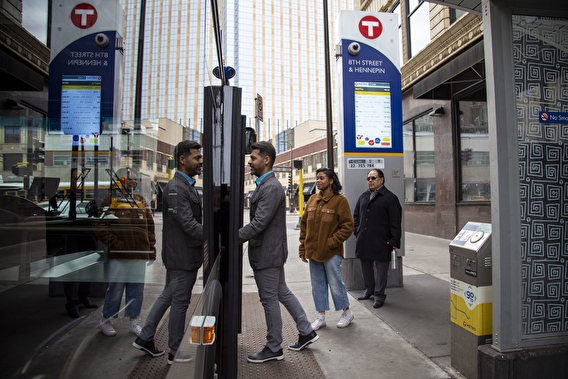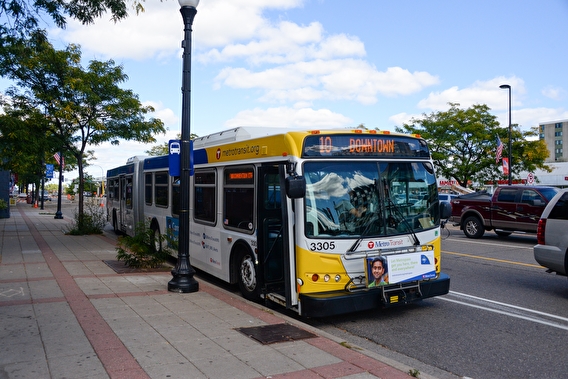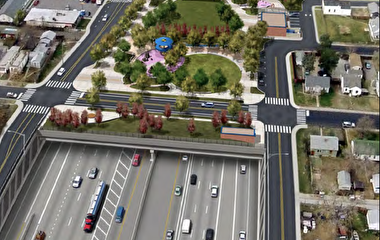
The COVID-19 pandemic has taken a major toll on public transit ridership—raising questions for the future. Will people associate public transportation with health and safety risks and avoid using it? Will they see public transportation as a less desirable transportation alternative?
To gain insight, U of M researchers collected data from downtown Minneapolis commuters in 2021. “Understanding commuters’ travel behavior and decision-making process in response to COVID-19 is a critical step in identifying strategies for local transit providers to regain their market share and ridership,” says Yingling Fan, a professor in the Humphrey School of Public Affairs and the project’s principal investigator.
Falling ridership could alter public support of transit. “This could create a vicious cycle of underutilization and underinvestment in public transportation,” Fan warns.
The CTS-funded study fills a knowledge gap: While previous studies used secondary smartphone location data to quantify the amount of travel reduction in response to the pandemic, Fan’s study used the patented Daynamica™ app. The app, developed by Fan and other U researchers, delivers a high level of granular detail that can better uncover the underlying travel behavior decision-making process.
“How COVID-19 affects travel behavior decision making may differ greatly by personal sociodemographics and trip environments,” Fan explains. “With our Daynamica technology, we can semi-automatically collect daily activity-based travel behavior data with high accuracy and a minimal burden on respondents. This lets us examine their trip decisions and how COVID-19 played a role in shaping those decisions.”

Downtown Minneapolis commuters—one of the largest groups of potential transit users in the region—were targeted as study participants. Researchers recruited a sample of these commuters with varied sociodemographics and collected detailed travel behavior decision-making data at the individual trip level between March and June 2021, about one year after the start of the COVID-19 pandemic in Minnesota. (Of the participants, 154 completed the intensive 14-day data-collection effort.)
The results of the study shed light on participants’ decision making across multiple trip variables, such as day of week, trip purpose, and primary mode. Researchers were able to identify how individuals made decisions about their daily trips and examine differences between people with varied sociodemographics.
Overall, researchers discovered that the number of respondents not interested in using transit almost doubled from the period before March 2020 to the time of the survey. The number of respondents not comfortable with transit more than doubled over the same period. They also found that automobile access strongly predicted the level of interest in transit use both before and after the pandemic.
Additionally, the team found that COVID-19 significantly altered travel patterns: A much higher proportion of days were spent at home than before the pandemic, and individuals spent the majority of their time at home throughout the day. “The effects of COVID-19 at specific times of day were quite dramatic,” Fan says.
This increased time at home led to a significant drop in the diversity of “activity chains”—linked activities such as shopping that commuters might have added to their trips. “Individuals were much less likely to travel to work, and those who did travel were more likely to go directly home,” she says.
Other study highlights:
- Essential workers were most sensitive to public transit improvements such as extended service hours and safer walking routes to stops.
- Low-income and unemployed participants were most sensitive to lower fares.
- People who live with children were most sensitive to extended hours and closer stops.
- When it comes to transit improvements related to COVID-19 issues, people were most sensitive to increased frequency of vehicle cleaning and live video surveillance of buses and trains.
Moving forward, researchers say the findings may help transportation planners identify innovative and timely ways to promote the use of public transportation in the post-pandemic era.
Writer: Megan Tsai


